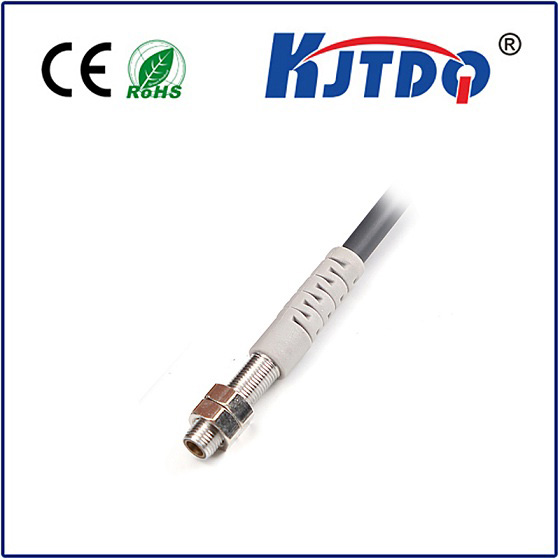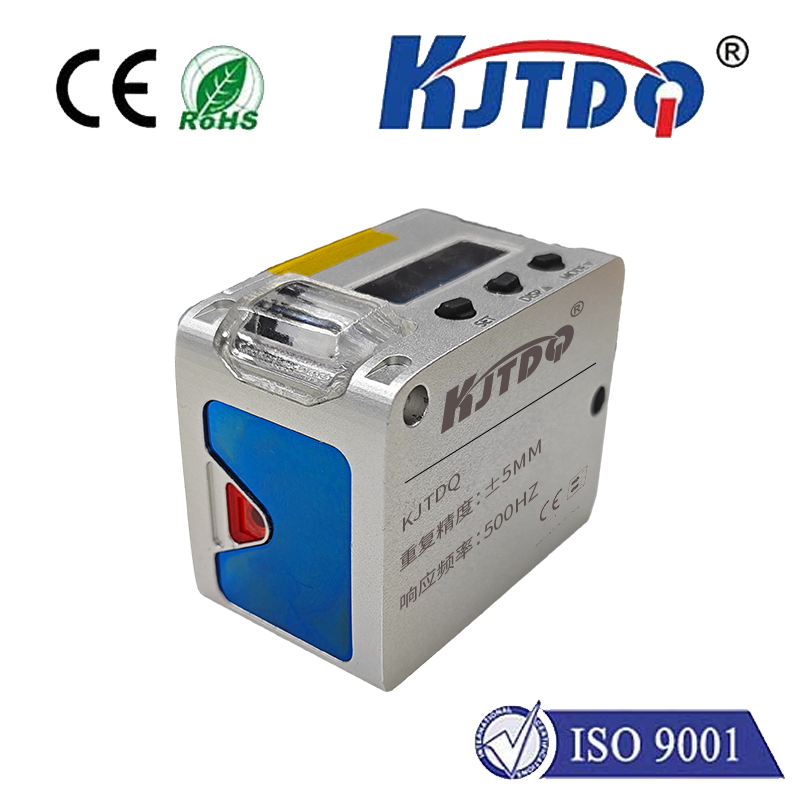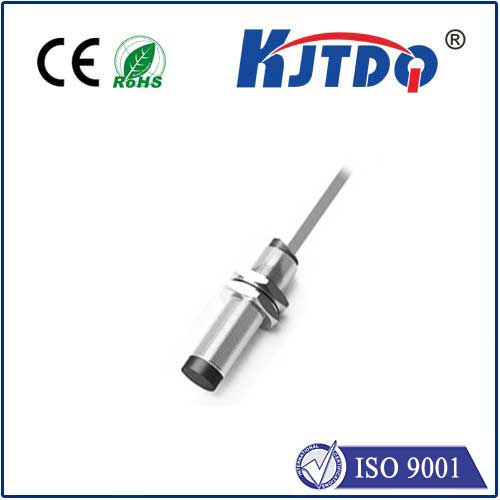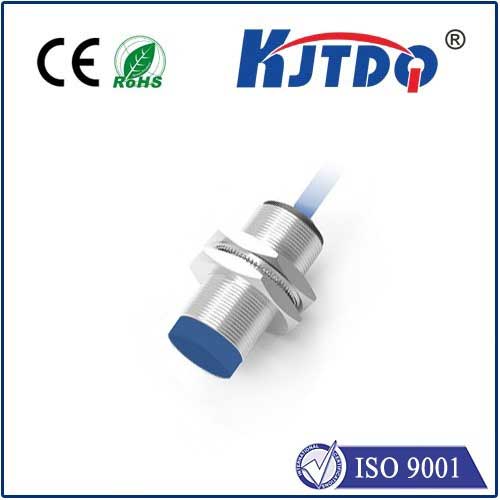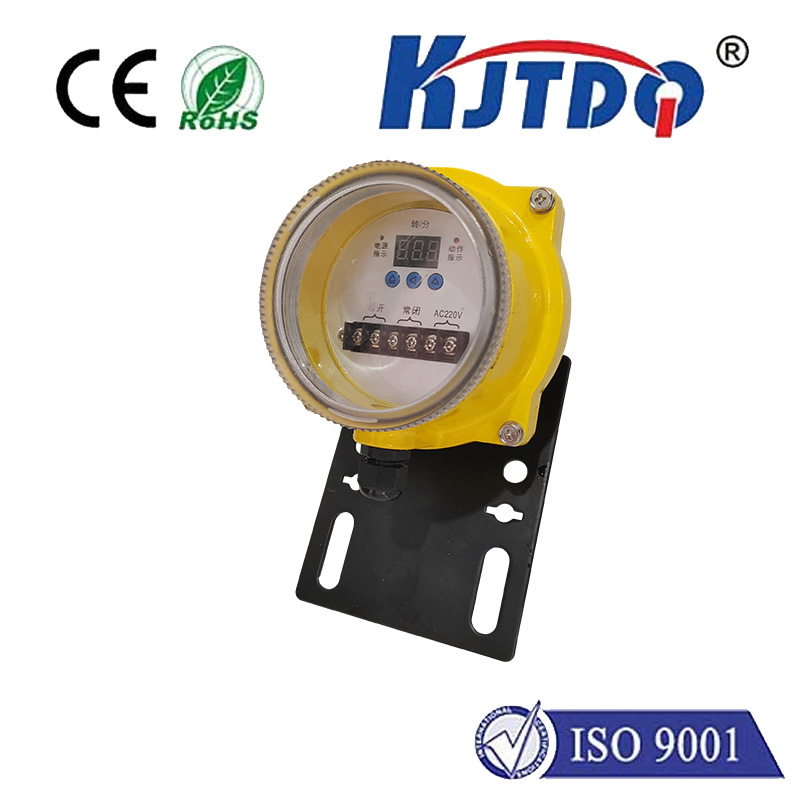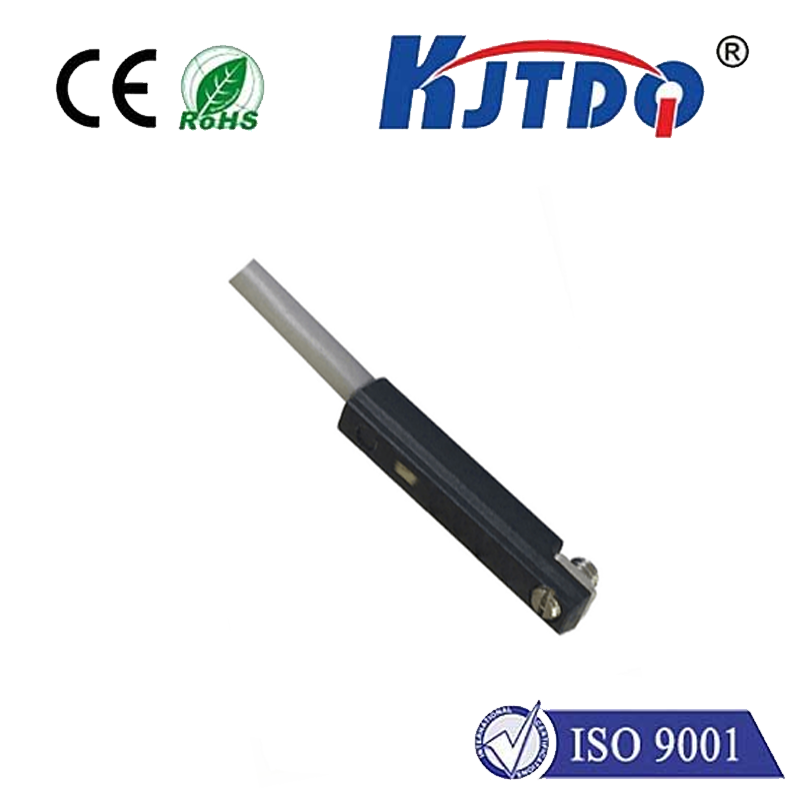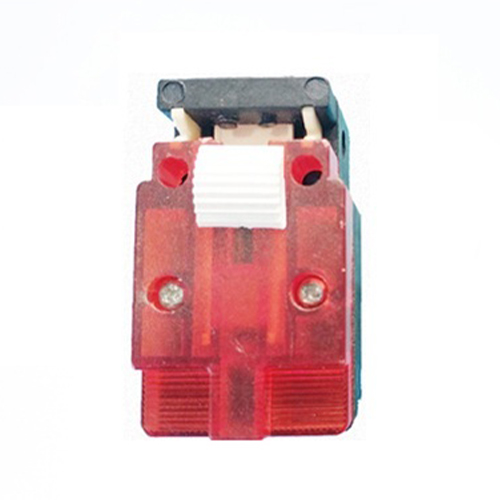
Проверка

Проверка

Проверка

Проверка
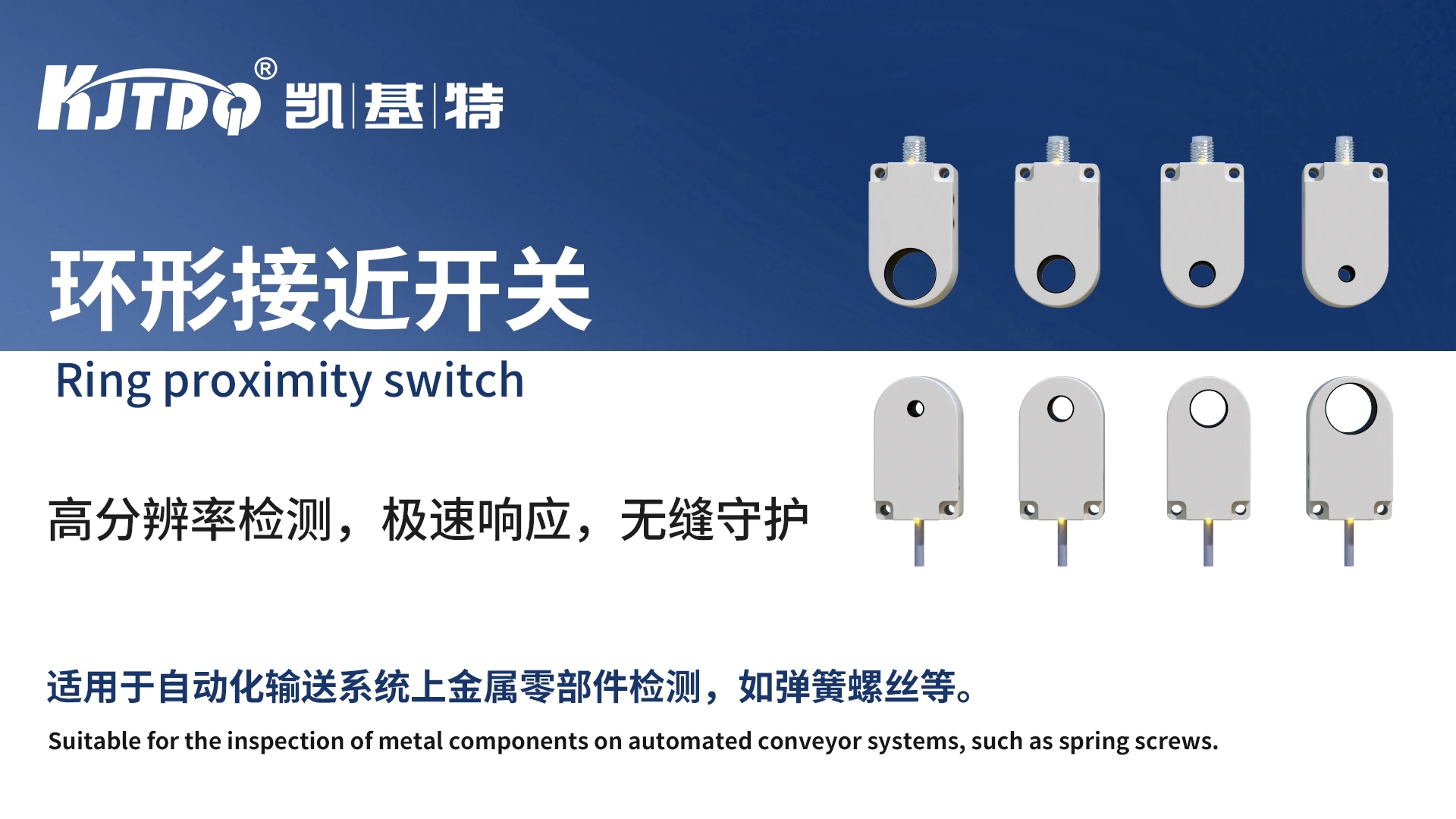
Проверка

Проверка
VL53L0X Distance Sensor: The Compact ToF Solution Revolutionizing Precision Measurement In an era where miniaturization and accuracy are paramount, the VL53L0X time-of-flight (ToF) distance sensor has emerged as a game-changer for engineers, hobbyists, and tech innovators. From robotics to smartphones, this tiny yet powerful component is redefining how devices perceive and interact with their surroundings. But what makes this sensor stand out in a crowded market of proximity detectors? Let’s dive into its capabilities, applications, and the science behind its precision.
At its core, the VL53L0X leverages time-of-flight (ToF) measurement, a method that calculates distance based on the time it takes for a laser pulse to bounce off an object and return to the sensor. Unlike traditional infrared (IR) sensors that rely on reflected light intensity—which can be skewed by color or surface texture—ToF ensures consistent accuracy regardless of environmental variables. Developed by STMicroelectronics, the VL53L0X uses a 940nm vertical-cavity surface-emitting laser (VCSEL) paired with a single-photon avalanche diode (SPAD) receiver. This combination enables it to measure distances from 30mm up to 2 meters with millimeter-level precision, all while consuming minimal power. Its compact 4.9 x 2.5mm package makes it ideal for space-constrained designs.

The versatility of the VL53L0X has led to its adoption across industries:
While alternatives like the HC-SR04 ultrasonic sensor or Sharp GP2Y0A21 IR sensor have their merits, the VL53L0X addresses their limitations. Ultrasonic sensors struggle with soft materials and require larger footprints, while IR variants falter in varying lighting. The VL53L0X’s all-in-one design, combining laser, optics, and processing, eliminates these trade-offs. For instance, in a smart thermostat that adjusts settings based on user proximity, the VL53L0X provides reliable detection without false triggers from ambient heat or light—a common issue with passive IR (PIR) sensors.
As IoT and AI-driven devices proliferate, demand for compact, low-power sensors like the VL53L0X will soar. Innovations in edge computing and machine learning are enabling smarter decision-making at the sensor level—think drones that autonomously adjust flight paths or smart mirrors that analyze user posture. STMicroelectronics is already iterating on the VL53L0X’s design, with successors like the VL53L1X offering extended range (up to 4 meters) and multi-object detection. Yet, the original remains a benchmark for balancing performance, cost, and size.
From DIY projects to cutting-edge commercial products, the VL53L0X distance sensor exemplifies how advanced technology can be both accessible and transformative. Whether you’re building a robot vacuum or prototyping the next wearable gadget, this sensor delivers the precision and reliability needed to turn ideas into reality.

